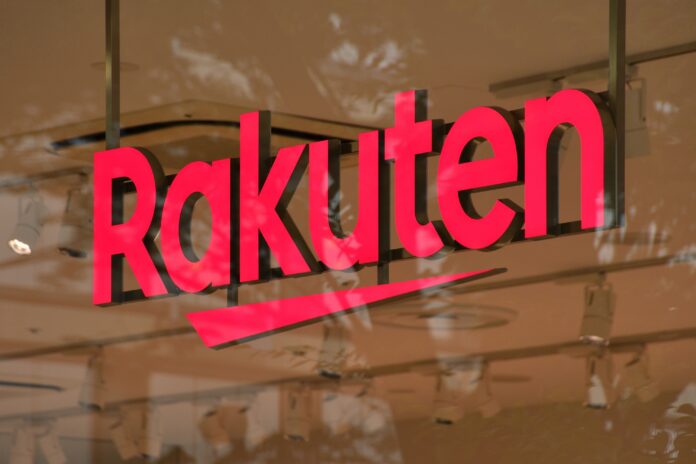Metrics are improving, but is progress in attracting new customers fast enough?
Rakuten Mobile’s operating losses in Q1 were ¥102.7 billion (€697 million). This rather took the shine off its revenues rising 25.7% year on year to reach ¥96.3 billion (€654 million), with APRU per customer doubling since the same period the year before.
However, this included a contribution of about $76 million (€70 million) from Rakuten Symphony which sells Open RAN technology and know-how to other vendors.
The operator’s Q1 results show that 10 May, Rakuten Mobile had 4.65 million customers directly connected to its pioneering network, up from 4.49 million at the start of the year. However, NTT Docomo has 87.5 million mobile customers (20.6 million on 5G); KDDI has more than 63 million and SoftBank more than 39 million.
True, its operating losses have fallen quarter by quarter since their zenith of ¥135 billion in Q1 2022 and are expected to continue to fall – so long as more customers sign up.
Will it be enough?
To help with this goal, Rakuten Mobile has signed a new roaming agreement with KDDI, which has a bigger footprint than Rakuten’s infrastructure. From June, the expanded agreement will cover the busy shopping districts in Tokyo’s 23 areas and the cities of Osaka and Nagoya.
Also, customers on Rakuten Mobile’s Un-Limit VII plan will no longer be limited to 5GB of data per month when using KDDI’s network, so in effect they will have a national, unlimited, high speed service through the new Rakuten SAIKYO plan.
Rakuten Mobile also thinks that the introduction of a streamlined, single-step process for mobile number portability will be in its favour, encouraging more people to switch.
A drag on the group
Rakuten Mobile continues to weigh on the whole Rakuten Group, although the thinking behind its creation was to bolster the conglomerate’s ecosystem of services.
The more services customers take from Rakuten, the greater the benefits they can enjoy on everything from entertainment to financial services, insurance and travel. According to Rakuten Group, it has 40 million active monthly users across its portfolio of services of whom more than three-quarters use at least two services, a trend that has grown over the last year.
However, it does it, Rakuten Mobile urgently needs to attract more customers as the strain on Rakuten Group’s pockets and nerve remain cannot be endured indefinitely.
Record revenues
The group recorded revenue growth in all three segments in Q1: internet services, mobile and fintech). Consolidated revenue was ¥475.6 billion (€3.23 billion), an increase of 9.3% year-on-year (YoY), marking the highest revenue ever recorded by the Rakuten Group in the first quarter of a fiscal year.
Rakuten Group’s consolidated earnings before interest, tax, depreciation and amortisation (EBITDA) was ¥7.4 billion, an increase of €42.9 billion, having been dragged into the red by its mobile subsidiary whose network has cost around $10 billion to build. It remains to be seen if Rakuten Mobile will break even this year as per the guidance.
Rakuten Mobile is also banking on the CapEx and operational advantages (efficiency and cost savings) of its trailblazing Open RAN approach in the long run, and its steep roaming costs will fall as its reliance on KDDI lessens and its own coverage and density expand.



